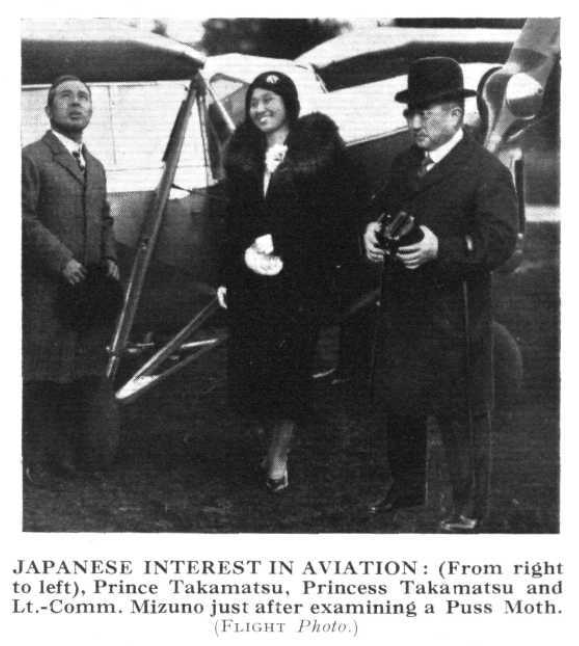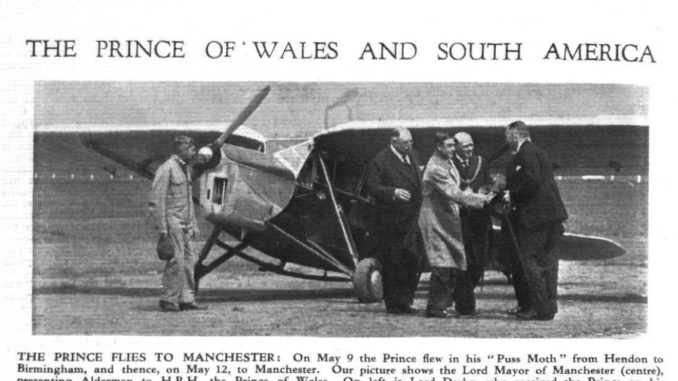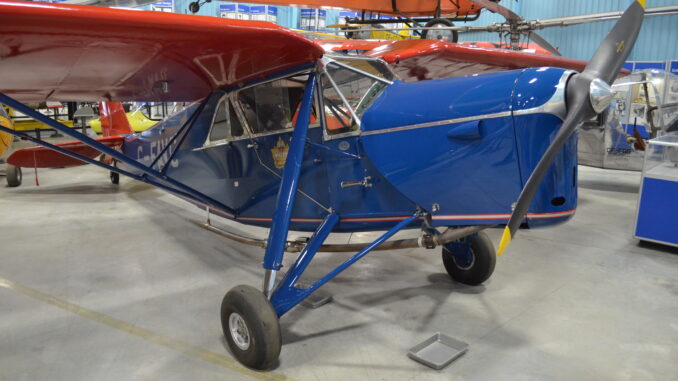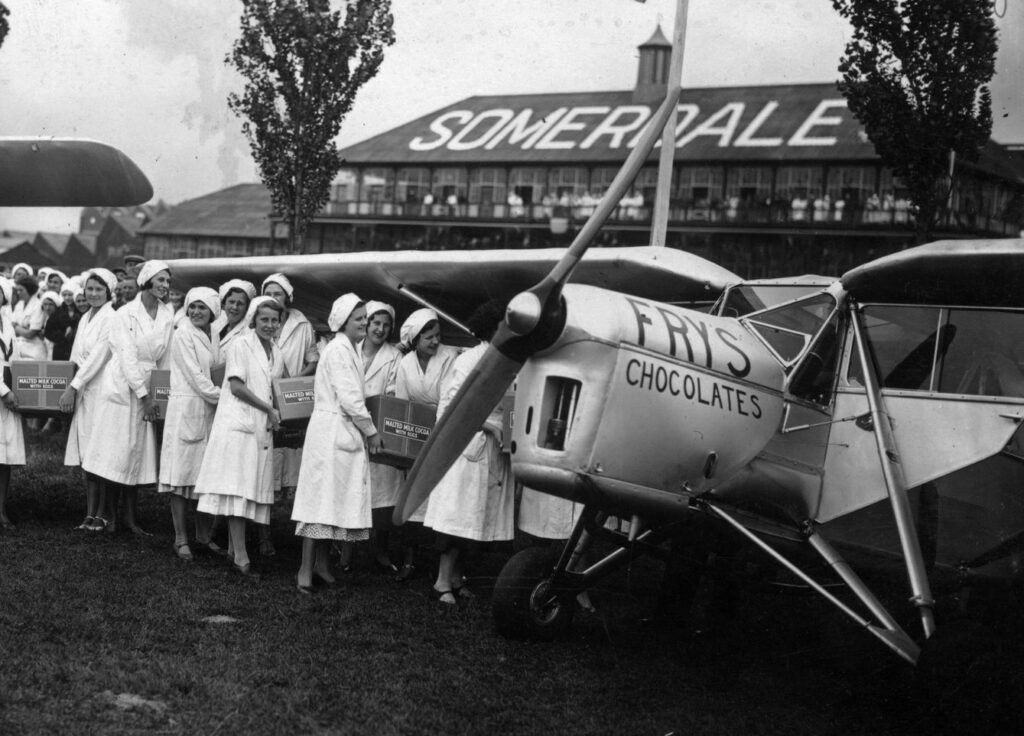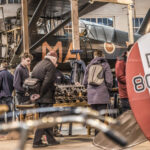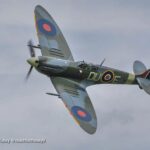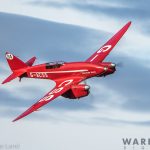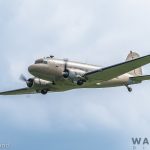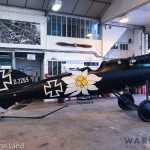The de Havilland DH.80A Puss Moth G-AEOA, seen here at Old Warden aerodrome, Bedfordshire, UK on 5 Feb 2023, is undergoing a refurbishment. Still owned by brothers Andrew and Paul Wood, the last ‘permit to fly’ expired in 1995. It has been recently brought to the Shuttleworth engineering hangar to be inspected and made airworthy again. Nigel Hitchman
This Puss Moth, G-AEOA, construction number 2184, was built in 1931, It was first registered as UN-PAX (later YU-PAX) fitted with a Gipsy III engine, and delivered to to Societe Bata of Zagreb, a subsidiary of a then-innovative multinational footwear business which was an early user of aircraft for corporate work. (A Lockheed 10 is operated as a heritage example commemorating the business today.) The Puss Moth was to return to the UK with Airwork in 1936, being registered G-AEOA for the first time. In World War Two, it was impressed for military service with the Royal Air Force as ES921, being registered as G-AEOA to Stanley Hobson Hardy in 1938. It wore a red and cream scheme in the 1970s.
de Havilland’s Puss in Context
The Puss Moth was another innovation from the de Havilland company at the end of the twenties, as a high-wing monoplane two-three seat light aircraft powered either by the company’s 120 hp Gipsy, or 130 hp Gipsy Major. Popular, as a then-rare enclosed cabin type, it was a success both with private owners and for record setting pilots in the 1930s with 259 built in the UK, plus a then also rare overseas production run of 25 by the de Havilland Aircraft of Canada Ltd in Toronto. While a success, early accidents caused by wing flutter needed a strut design rearrangement to solve.
Other static preserved examples are in museums as far spread as Australia, Scotland, Italy, and Canada, with several airworthy examples extant. James Kightly













